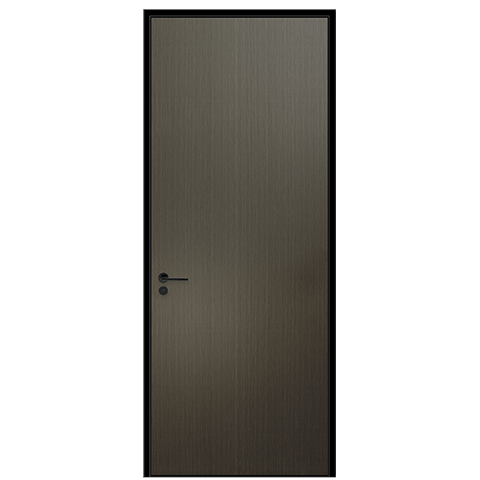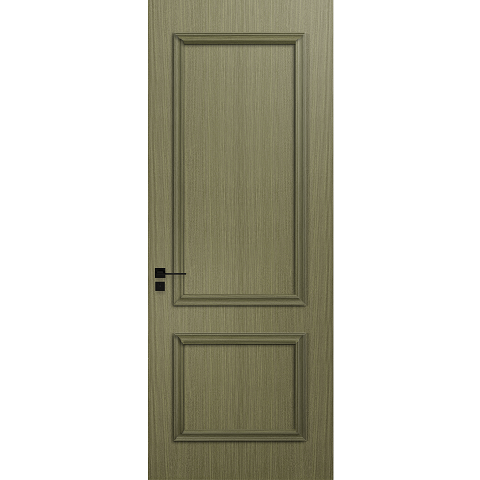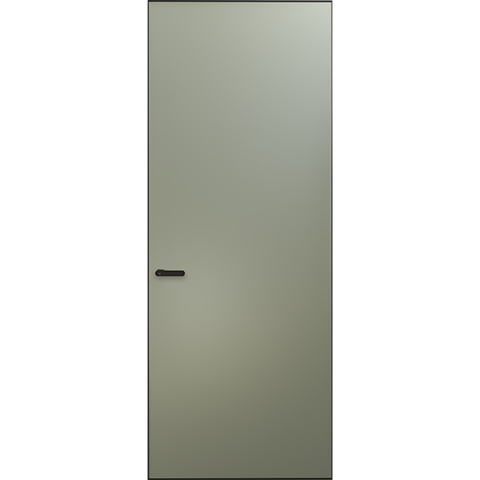Why are your doors and windows "sweating"? How to deal with it?
In winter, the winter in the south is wet and cold, and many people have replaced windows with better sealing. I wanted to spend the winter in warmth and comfort, but I encountered an annoying problem. On a humid and cold day, the windows "sweated". The water flowed all over the floor, soaking the wallpaper and door covers. so, what happened? How to solve it? Here's the reason for this:
This phenomenon is called: "door and window condensation", also known as condensation
Under the corresponding temperature and humidity conditions, the air has a dew point temperature, and the dew point temperature refers to the temperature at which the air is cooled to saturation under the condition that the water vapor content and air pressure do not change. That is, the temperature at which the moisture in the air turns into dew. When the surface temperature of the surrounding solids (glass, window sash, window frame) is lower than the corresponding dew point temperature, the moisture in the air condenses into water on the surface of the object, forming a "condensation phenomenon". When the condensation is severe or does not evaporate quickly, the water collects and flows along the glass surface.
If on a certain day in winter, the indoor temperature is 22 degrees and the indoor humidity is 80%, then the dew point temperature at the window is 18.4 degrees. As long as the temperature of the glass or window frame is lower than this temperature, the window will condense.
Why is this phenomenon more and more common in the South?
In the past two years, the phenomenon of condensation on doors and windows has increased, especially many people encountered this problem after installing floor heating or replacing windows with better sealing. There are three main reasons:
1) Use floor heating: Compared with air conditioners, floor heating has no dehumidification function, and the humidity is higher at the same temperature.
2) Better sealing of windows: The sealing of windows is better, the exchange of indoor and outdoor air is reduced, and the moisture content of indoor air is higher than that of outdoor, resulting in an increase in the dew point temperature of indoor air.
3) Poor thermal insulation performance of glass and window frames: At low outdoor temperatures, the surface temperature of indoor window frames and glass is lower than the indoor dew point temperature due to the poor thermal insulation of the materials used.
Taking the common 60 broken bridge aluminum doors and windows and double white hollow windows as an example, under the premise of good sealing, under the condition of indoor temperature of 22 degrees and outdoor temperature of 2 degrees, the window frame and glass are about 60% indoor air humidity. Condensation occurs in -65% of cases. For customers who use floor heating in the southern region, the probability of occurrence is still relatively high.
Tell you a few tricks to get rid of "condensation on doors and windows"
1) In low temperature and high humidity weather, proper use of air conditioners to reduce indoor air humidity can improve dew condensation.
2) In low-temperature and high-humidity weather, the windows should be properly opened to reduce the air temperature and humidity around the windows, which can improve the condensation phenomenon.
3) The higher the relative humidity, the lower the glass surface temperature, and the easier it is to condense (glass condensation). The relative humidity cannot be controlled. To prevent condensation on the glass, the surface temperature of the glass can only be increased. Therefore, to solve the problem of glass condensate, only by raising the glass surface temperature by 7°C-12°C, can the glass water mist be effectively reduced from the source. At present, there is a glass with a thickness of only 3 mm on the market. It does not touch the wall without moving the window. It can only be done by simply sticking it on the original door and window. External heat radiation is transmitted outdoors, so that the room temperature is almost not lost.
 Hot Recommendation
Hot Recommendation
 Latest Products
Latest Products



